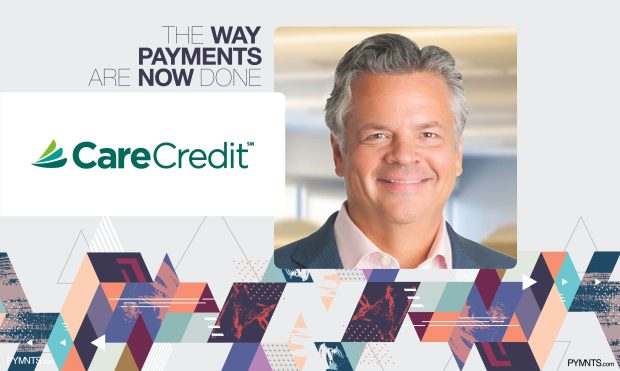Patients Are Empowered Consumers, and They Expect Personalized Payment Options

In “The Way Payments Are Now Done,” 33 payment executives discuss what payments’ “new normal” looks like. Alberto Casellas, EVP and CEO at Synchrony’s health and wellness platform, CareCredit is one of those contributors. He discusses how in the healthcare arena, patients are increasingly expecting to handle their payments digitally, and are behaving more like traditional consumers.
The pandemic has profoundly impacted the healthcare industry, spurring innovation and driving transformation in countless areas. This includes many financial aspects of healthcare, from how providers share cost information and request and receive payment, to how patients pay for health and wellness purchases and manage their overall healthcare spending.
Focusing on payments specifically, the changes we’ve seen represent an acceleration and amplification of trends that were already underway before the pandemic began. These trends are often summarized by the label of “healthcare consumerism,” which reflects the reality that today’s patients are behaving more like traditional consumers, bringing the same preferences, expectations and behaviors to healthcare that they have for other kinds of purchases.
Specifically, we see patients demanding a more retail-like healthcare payment experience in a few key ways. First, they expect a safe, seamless shopping process from end to end, including the intuitive integration of technology to enable contactless commerce. This can include things like using QR codes to access online payment portals or credit applications, paying balances via digital or mobile transactions, and exchanging cost and invoice information via direct-todevice communication.
Secondly, they increasingly want highly personalized experiences that fit their specific needs. We’ve seen a notable increase in providers leveraging contextual commerce, which allows patients to engage with providers and complete transactions from anywhere at any time. To make this happen, more and more providers are assessing current platforms and processes and employing new patient-facing technology and solutions that reduce friction and improve the overall patient experience.
Finally, in addition to delivering more effective, seamless experiences across more channels, patients are looking for options to help them effectively manage out-of-pocket healthcare payments. This has been a focus of CareCredit, part of Synchrony’s health and wellness platform, for more than 30 years. CareCredit was a pioneer in offering dedicated financing for health and wellness expenses not covered by insurance – and today, with rising healthcare costs and the prevalence of high-deductible health plans, the need for flexible payment solutions is greater than ever.
In fact, we partnered with PYMNTS to conduct a research study this summer that found patients spent an average of $1,148 on out-of-pocket medical expenses in the past 12 months.1 Not surprisingly, 45% of consumers surveyed said they would be interested in using financing to pay for healthcare costs over time.
As these aspects of healthcare consumerism have gained traction, Synchrony has helped many healthcare providers navigate this transition and offer new and better experiences for their patients. Even before the pandemic, we were investing significantly in our digital capabilities and prioritizing technology innovation to develop new solutions for our clients and their customers.
For example, we’ve enabled healthcare providers to deliver personalized customer experiences within a mobile application, allowing patients to engage when and how they prefer, from the security and convenience of their own devices. Because we already had the technology and infrastructure in place, we were able to adapt fairly nimbly — and help our clients in healthcare and other industries to do so — when the pandemic arrived, and so many experiences had to become virtual, digital or contactless nearly overnight. Now that patients and providers alike have enjoyed the benefits of these new payment routines, we believe they are likely to endure long after the pandemic is a distant memory.
